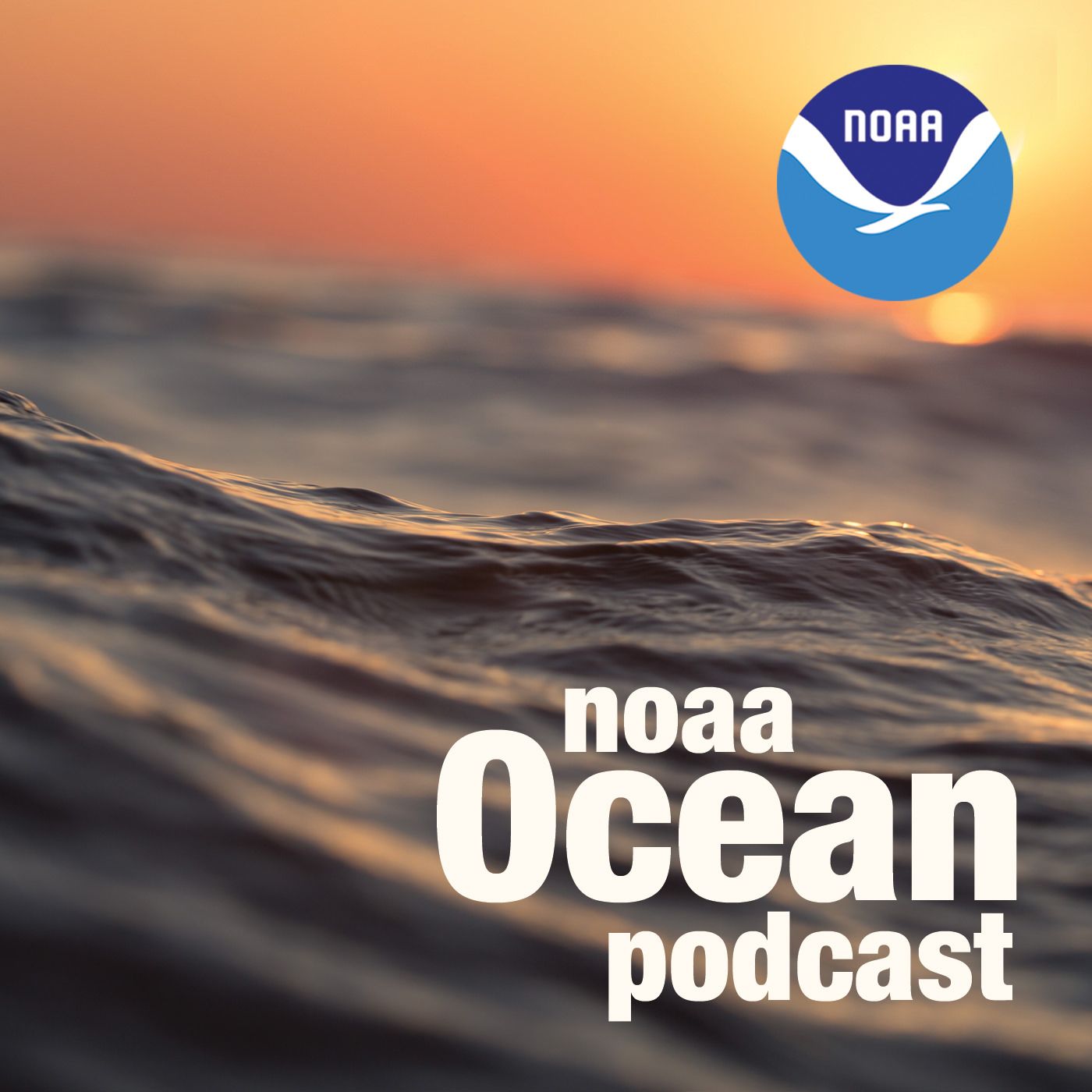Breaking Down Barriers: Natural Infrastructure
Description
D-Day, codenamed Operation Neptune, was the largest amphibious landing not only in World War II, but in history. It marked the start of the liberation of German-occupied France (and later western Europe) and laid the foundations of the Allied victory on the Western Front. But what most people don't know is that ocean tides played a crucial role in the initial phase of this historic day. In this episode, hear the story of D-Day from the perspective of the science of tides and tide predictions. We interview Greg Dusek, a physical oceanographer and senior scientist at the Center for Operational Oceanographic Products and Services, or CO-OPS — the tides and currents office of the National Ocean Service.
More Episodes
Since 2007, NOAA’s National Ocean Service has been working to update the National Spatial Reference System. This huge project will modernize the system for measuring the horizontal positions and vertical elevations of the United States and its territories. During the course of this work, NOAA...
Published 10/30/24
Marine debris is a large and global problem. Plastics, metals, rubber, fishing gear, and other lost and discarded items enter our ocean, Great Lakes, waterways, and coastal areas every day. This challenging problem can cause negative impacts to wildlife, the environment, and the economy. In this...
Published 09/25/24
Published 09/25/24


